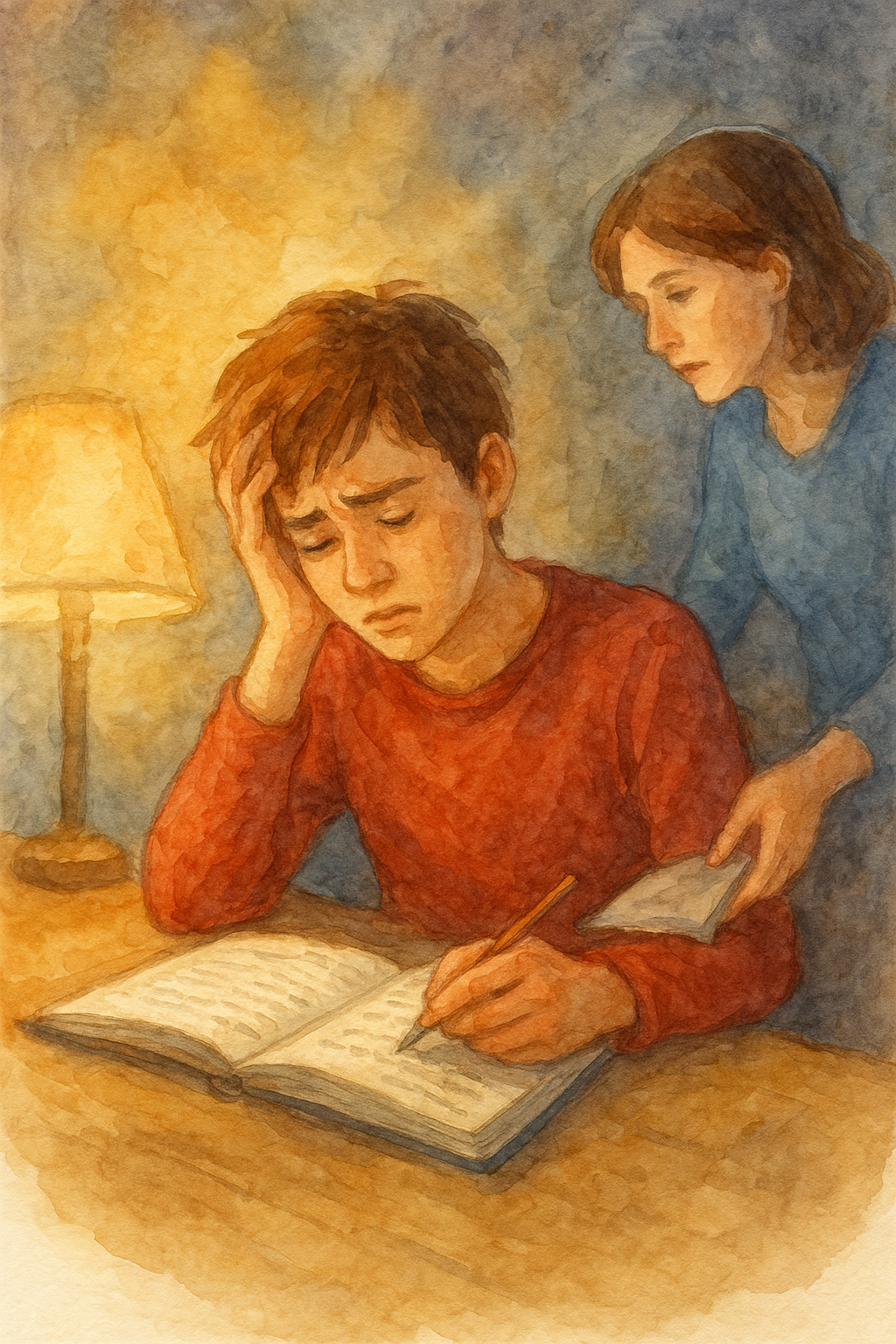
This is what dyslexia looks like.
Share
Late nights spent relearning what was already taught in school.
Parents stepping in to help reword lessons in a way that makes sense.
Hours stretched longer, because it takes 5–10 times more energy and time to process, understand, and complete the same work.
Here’s why:
Brain imaging studies show that dyslexia isn’t a matter of laziness or low intelligence—it’s about how the brain is uniquely wired for language.
In most people, reading activates specialized areas on the left side of the brain—specifically the occipitotemporal and parietotemporal regions—that efficiently recognize words and link them to sounds. These areas work like high-speed processing lanes.
But in those with dyslexia, those lanes don’t fire as quickly or automatically.
Instead, the brain reroutes the task—sometimes through the right hemisphere or frontal lobe—to compensate.
This detour still works, but it takes more time, more effort, and more repetition before words “stick.”
What this means in everyday life:
What others process in seconds, the dyslexic brain must manually assemble.
It’s like taking the scenic backroads while others speed down the freeway—doable, but slower and more exhausting.
Every reading or writing task becomes a full-body effort just to translate symbols into meaning.
fMRI studies confirm this:
Students with dyslexia show less automatic activation in word-recognition centers and more effortful reliance on other parts of the brain.
That’s why it takes longer.
That’s why perseverance, strategy, and support are not luxuries—they are lifelines.
And yet—there is beauty in this design.
The very wiring that makes decoding difficult often comes with exceptional strengths:
Creativity. Problem-solving. Pattern recognition. Big-picture thinking.
Because YHWH never makes mistakes.
"For you formed my inward parts; you knitted me together in my mother’s womb.
I praise you, for I am fearfully and wonderfully made.
Wonderful are your works; my soul knows it very well."
— Psalm 139:13–14, ESV
Dyslexia doesn’t mean broken.
It means uniquely formed.
The path may take longer, but it forges resilience, depth, and grit that the straight path never could.